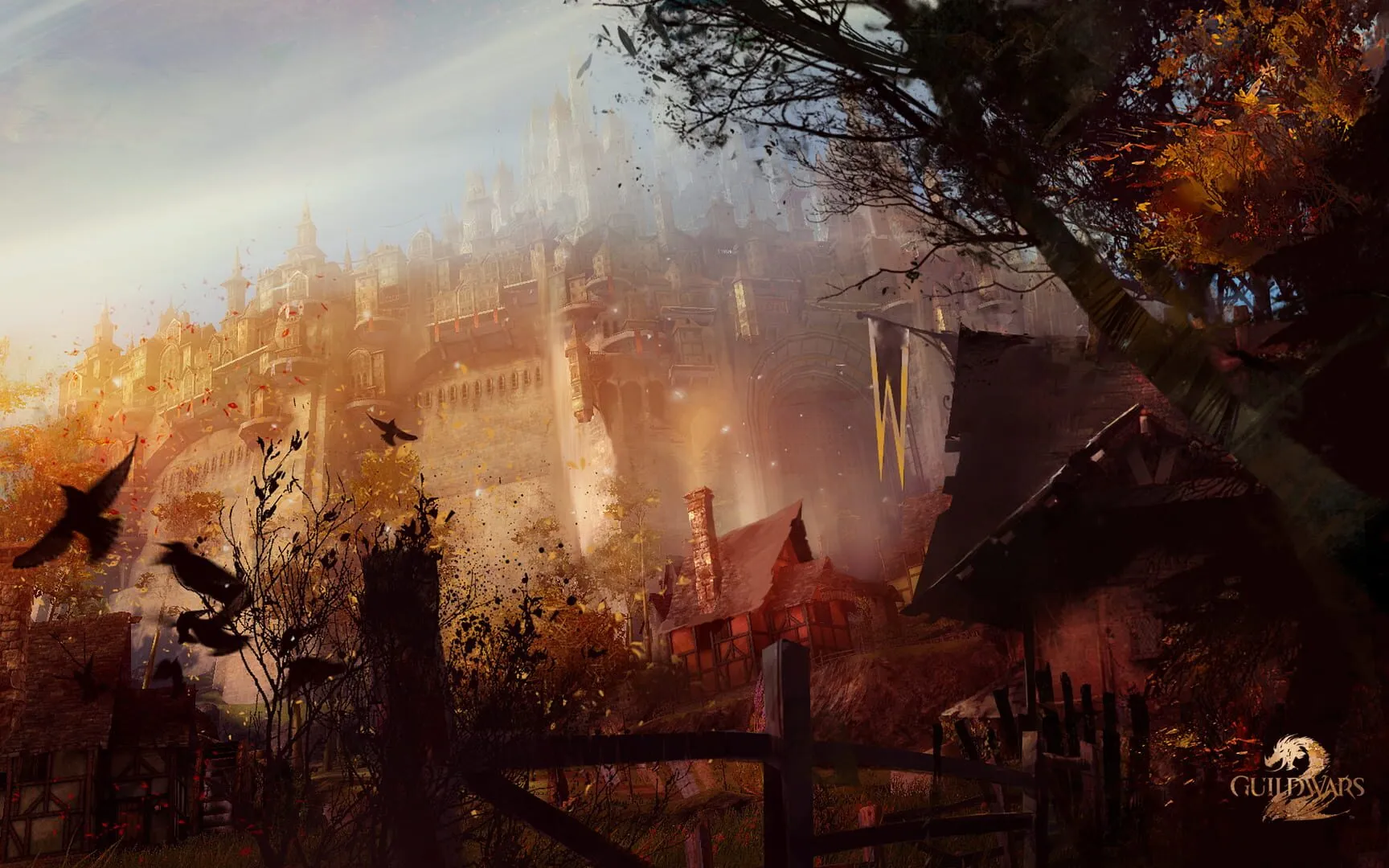Guild Wars 1 (GW1) carved its niche into the MMORPG and competitive gaming landscape with its unique blend of cooperative group play, tortuous PvP mechanics, and its revolutionary approach to skills and builds. Unlike many of its contemporaries, GW1 fostered a pervasively strategic metagame that evolved over the years, thanks in part to its developers’ hands-on approach and the game’s zealous community. Examining into this thriving metagame, one discovers not just a facet of GW1’s enduring appeal but a testament to its design philosophy—a game where plan, adaptability, and creativity reign supreme.
Understanding the Meta
At the heart of GW1 lies its metagame—essentially the game within the game. This encompasses the prevailing strategies, builds (combinations of skills and equipment), and tactics deemed most effective for securing victories in both PvE (Player versus Environment) and PvP (Player versus Player) scenarios. Grasping the meta requires a foundational understanding of GW1’s core mechanics: the dual-profession system, energy management, skill chaining, and area control.
The dual-profession system permits characters to combine the primary profession’s attributes and skills with those of a secondary profession, offering a dizzying array of build possibilities. Energy management refers to the efficient use of energy, a resource consumed to activate skills. Skill chaining involves executing skills in synergistic sequences for maximum effect, while area control encompasses strategies to dominate spatial regions in combat.
Participants in the meta often spend countless hours experimenting with builds, analyzing match replays, and participating in forums discussions to refine their strategies and gain competitive edges.
Meta Builds
In the ever-shifting sands of GW1’s metapolis, certain builds ascend to meta status, becoming widely adopted by the game’s elite. These builds often exploit the most potent skill synergies or capitalize on the prevailing game mechanics. Some notable examples include the “55 Monk,” the “IWAY” Warrior team, and the “Spirit Spam” Ritualist.
The “55 Monk” leverages skills like “Protective Spirit” and “Healing Breeze” to minimize damage taken and maintain high health, making them nearly invincible solo players. “IWAY” (“I Will Avenge You”) Warrior teams rely on the titular skill to buff teammates upon a warrior’s death, creating a domino effect of increased offense. “Spirit Spam” Ritualists summon multiple spirits that damage enemies and control areas, making them invaluable in both offensive and defensive capacities.
Adopting a meta build doesn’t guarantee victory but provides a tactical baseline. Savvy players tailor these builds to fit their playstyles and the demands of specific encounters or matches.
Meta Shifts
The chameleon-like nature of GW1’s meta speaks to both the game’s dynamic design and its developers’ commitment to balance. Adjustments to skills, introduction of new content (e.g., expansions, missions, or arenas), and shifts in player behavior contribute to the meta’s evolution.
Skill adjustments are particularly influential. A tweak to a skill’s energy cost, recharge time, or effect can vault it into the limelight or consign it to obscurity. The introduction of new skills or equipment can also ripple through the meta, inspiring fresh builds or reviving old favorites.
Player innovation plays a critical role in meta shifts as well. A groundbreaking build or tactic unveiled in tournament play can ripple through the community, inspiring imitation and adaptation.
Countering the Meta
Understanding the meta isn’t just about mastering the dominant strategies; it’s equally about learning to counter them. This cat-and-mouse game fuels much of GW1’s strategic depth, prompting players to think critically about build composition, skill selection, and tactical execution.
Countering the meta often involves anticipating an opponent’s plan and assembling a build designed to exploit its weaknesses. For example, against a team heavy on magic-using classes, players might lean towards characters and skills that can interrupt spells, absorb magical damage, or reflect attacks back at the caster.
Flexibility is key; the ability to adapt one’s tactics on the fly—whether by switching skills at resurrection shrines in PvE or altering team focus in PvP—can turn the tide of battle. Moreover, unconventional builds, often dismissed as “gimmicky,” can sometimes catch meta-adherent opponents off-guard, proving that creativity has its place on the battlefield.
Predicting Meta Changes
Anticipating shifts in the meta is akin to reading tea leaves—imprecise but enthralling. Several indicators can signal impending changes: forthcoming patches or expansions, shifts in tournament-winning strategies, and emerging trends within the game’s community forums and social media channels.
Engagement with the community is crucial; developers often siphon feedback from various channels to guide adjustments, making player conversations a fertile ground for meta predictions. Additionally, analyzing the winners and strategies of high-stakes tournaments offers a glimpse into potential meta evolutions, as successful tactics are likely to be adopted and adapted by the broader community.
Predicting meta changes also requires a deep understanding of GW1’s mechanics and an ability to think several steps ahead. What skills or tactics might emerge as counters to the current meta? How could changes to the game’s mechanics impact popular builds? The answers to these questions are speculative but grounded in informed analysis.
Conclusion: The Legacy of GW1’s Meta
Guild Wars 1’s metagame represents a pivotal aspect of its legacy—an unyielding puzzle that has captivated players for years. Through the ebb and flow of its meta, GW1 has fostered a community that thrives on innovation, method, and competition.
This guide offers but a glimpse into the labyrinthine world of GW1’s metagame, inviting both seasoned and newcomers to burrow deeper into its mysteries. Whether through mastering current meta builds, anticipating shifts, or crafting counters, engaging with the meta promises a deeper appreciation of GW1’s strategic depths—an endeavor as rewarding as it is challenging. Engage, adapt, and conquer; such is the way of the GW1 metagame.

